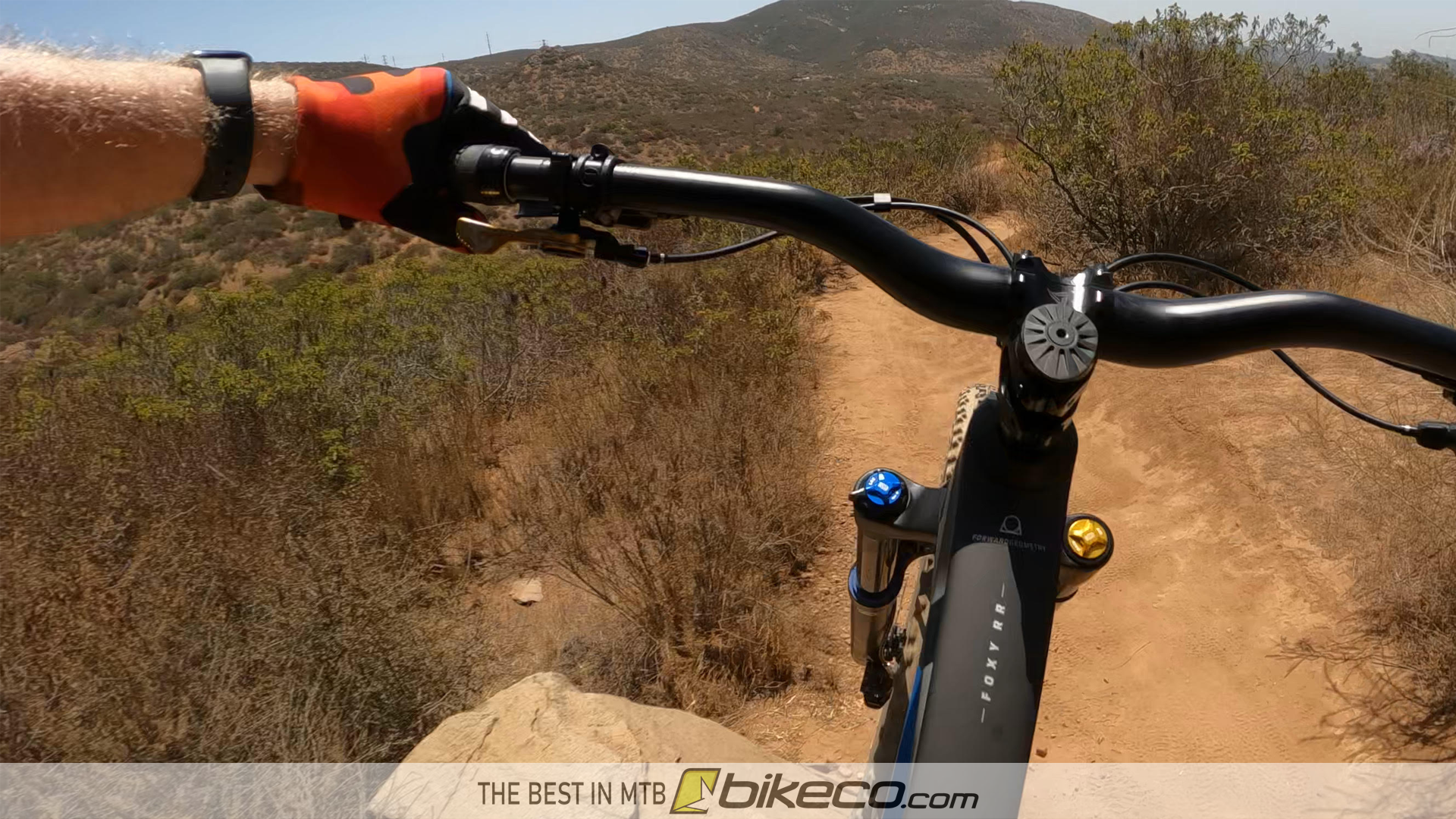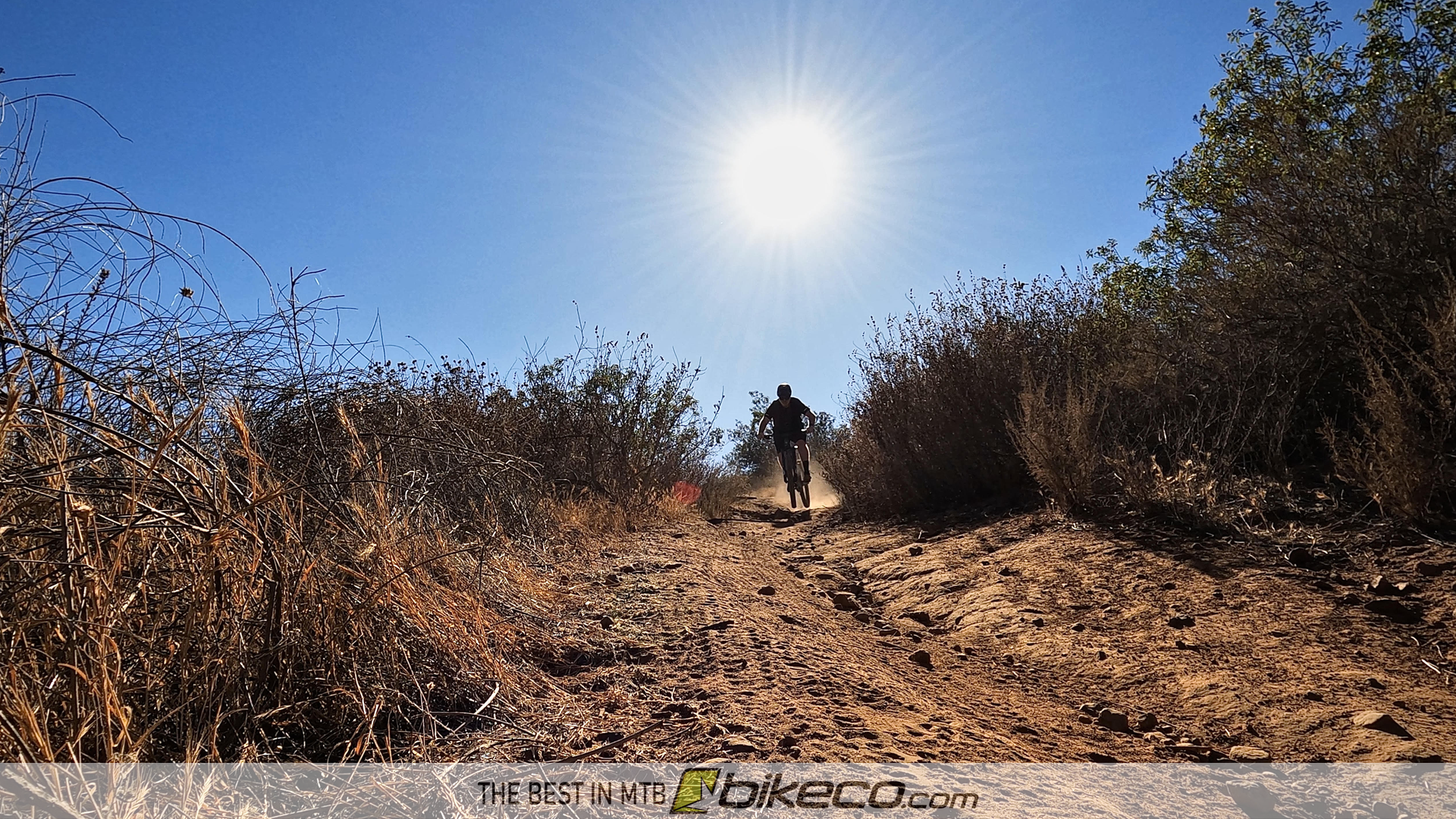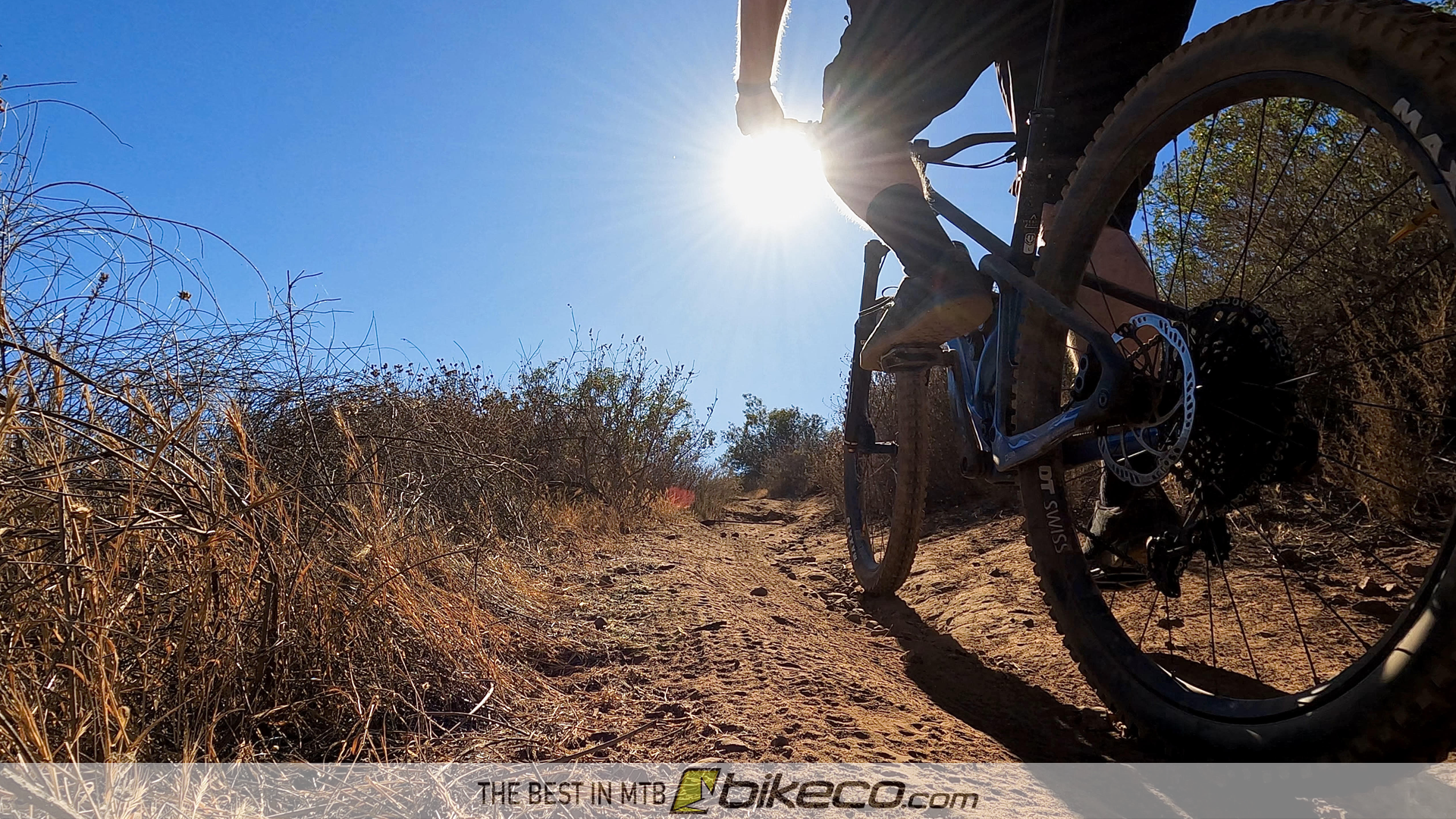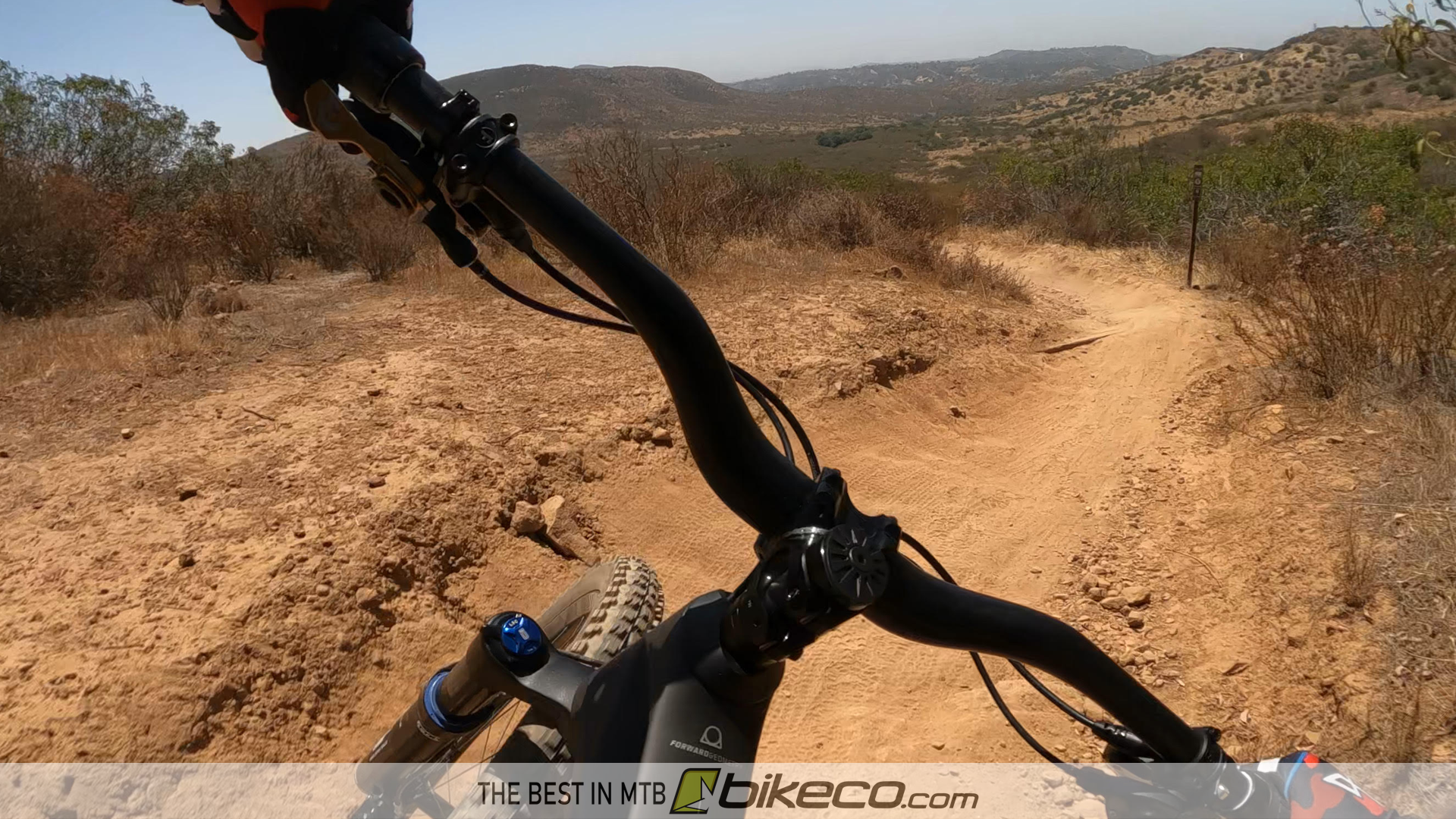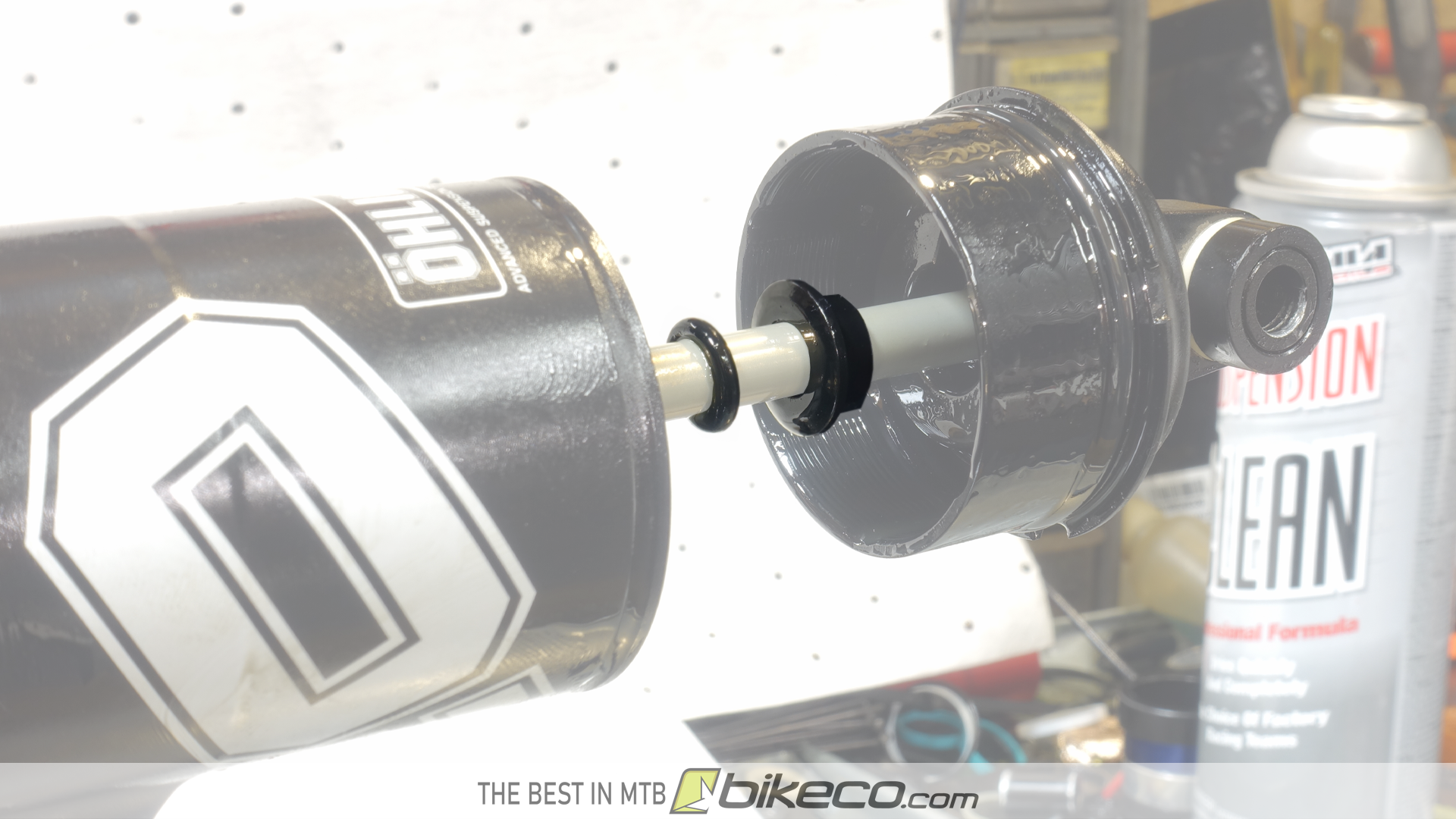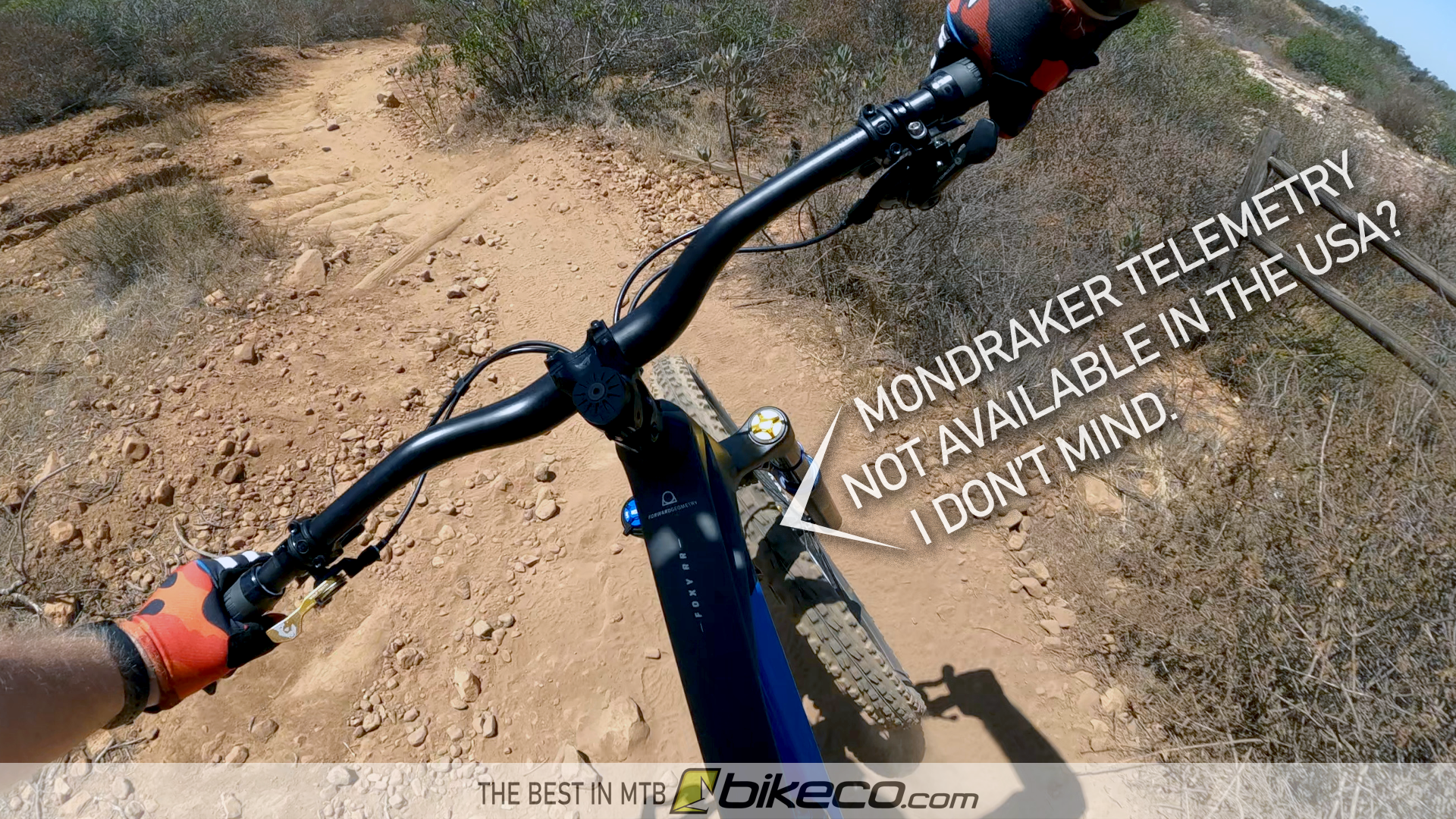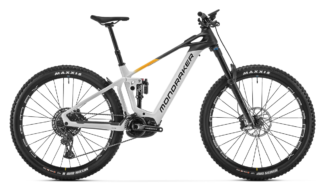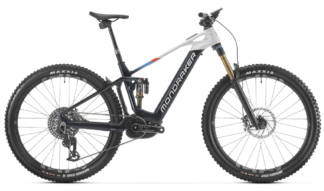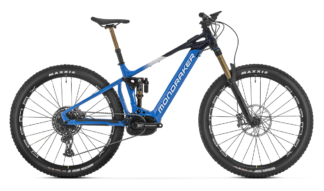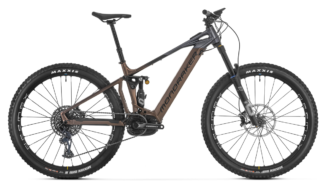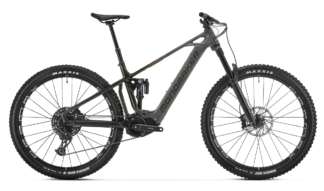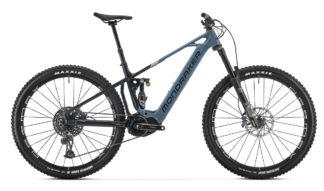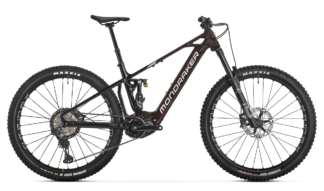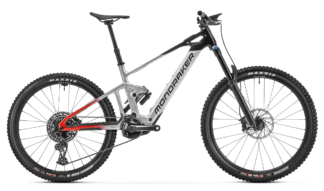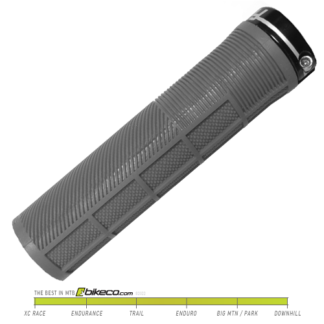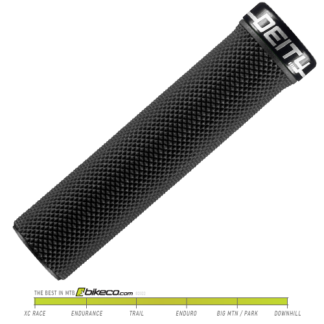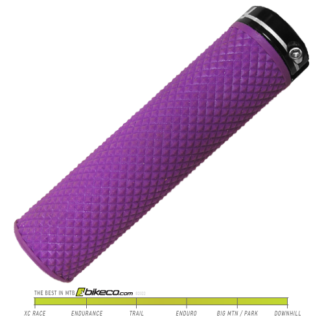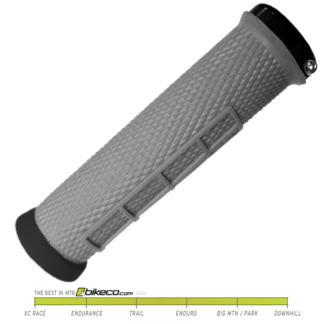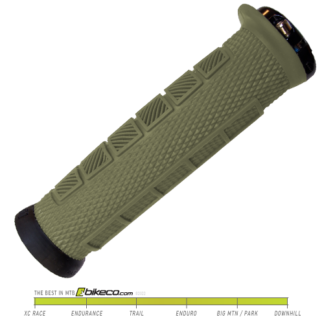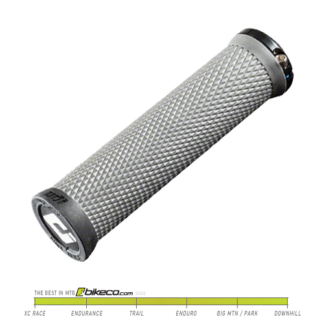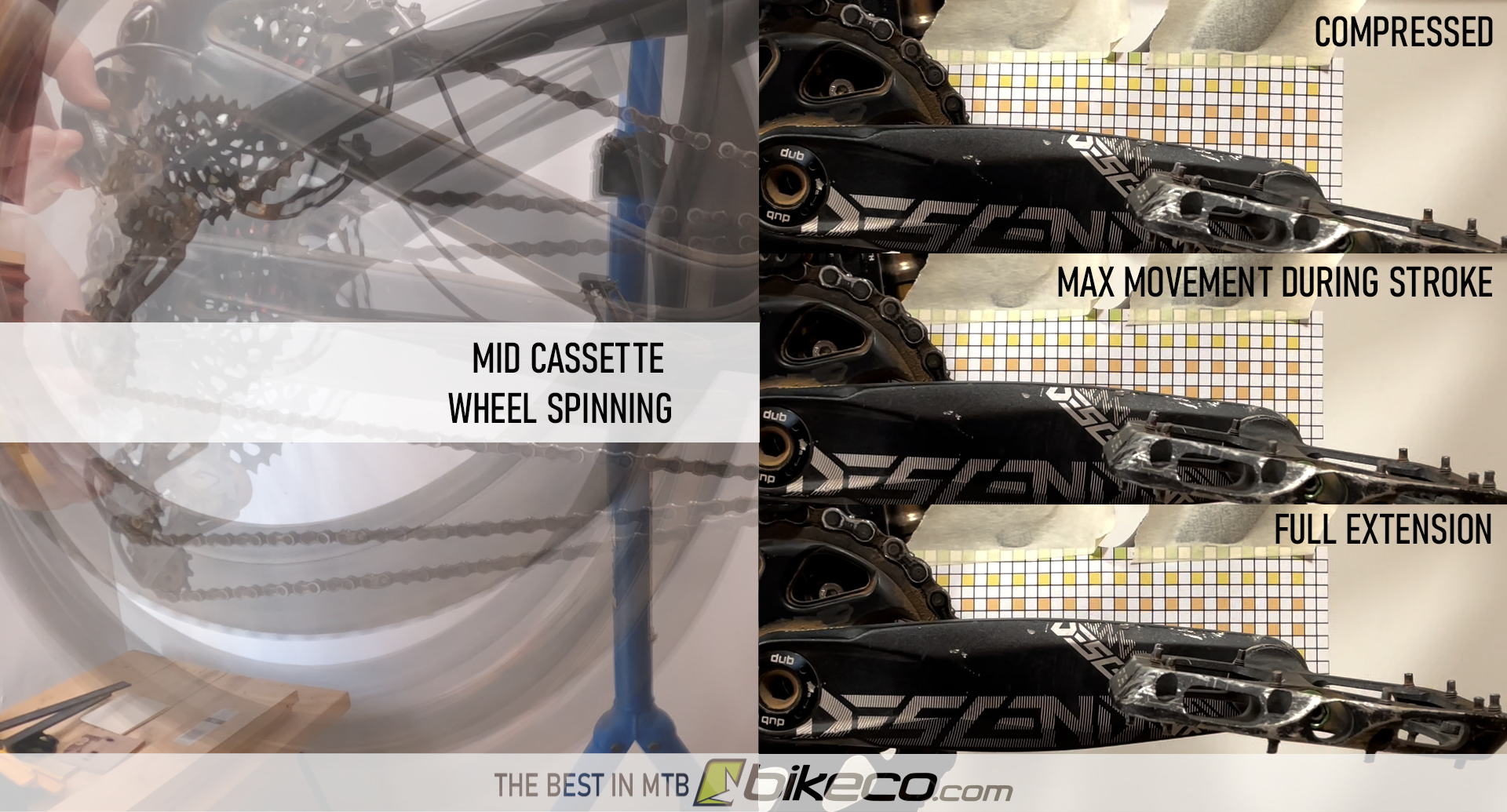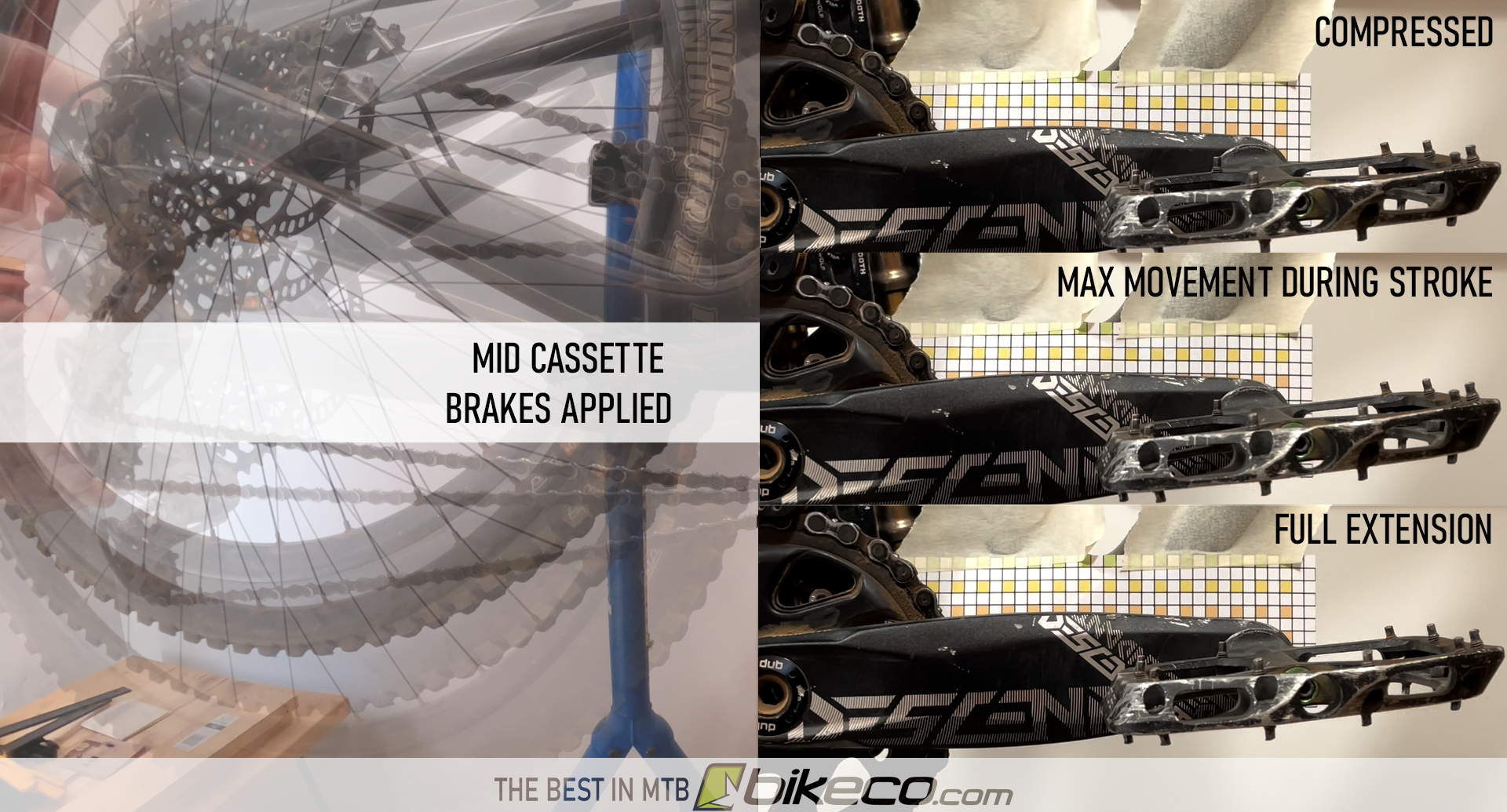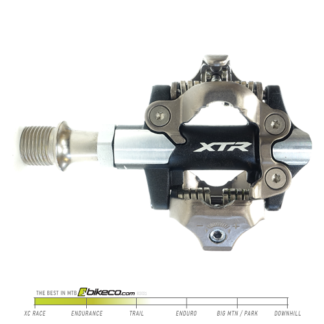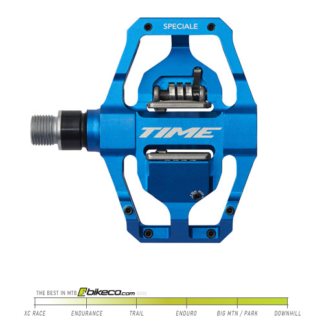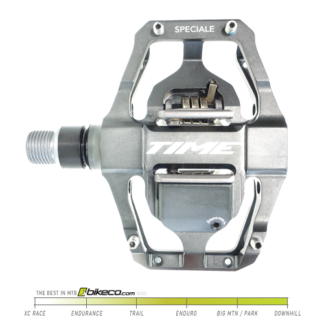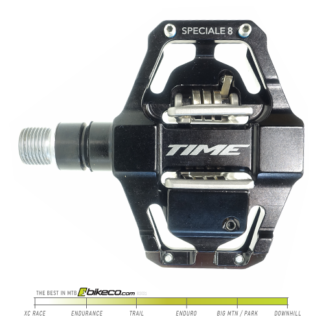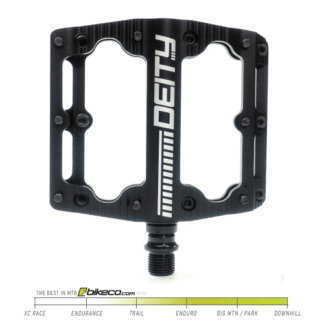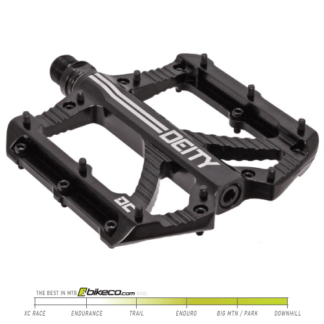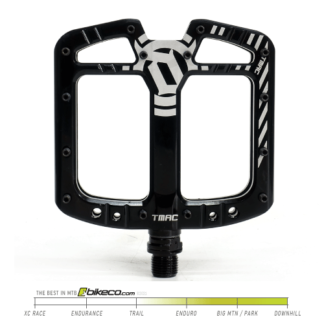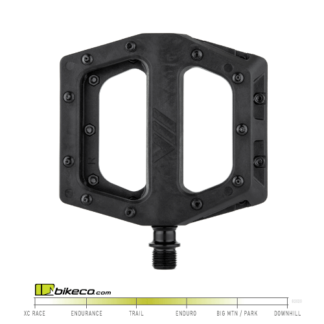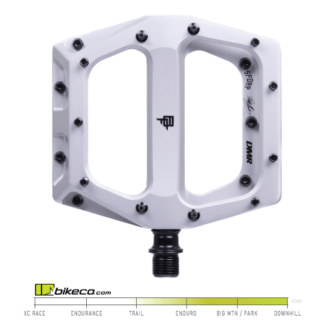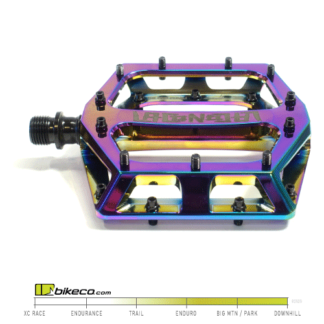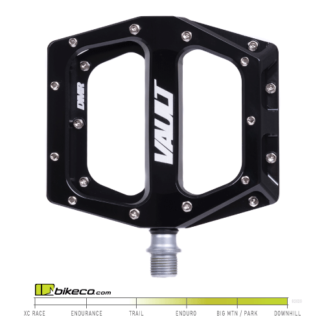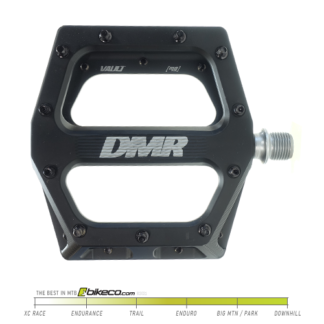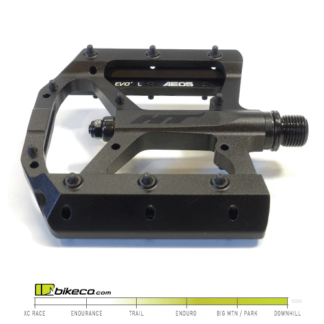
You’ll hear this a lot from MTB and eMTB riders: my shock (or fork) is losing air. Every time I check it it’s lower than I left it.
Well there are a few reasons that a functioning shock will show lower PSI.
Are you Pre-Charging your Pump?
The most common is not pre-charging the pump line prior threading the pump on and opening the Schrader valve.
This one is pretty easy to explain – the gauge is located at the end of a volume of hose. If you do not pre-charge that hose to approximately what you have in the shock when you open the Schrader valve to your air spring you increase the volume of the main chamber which will lower the overall PSI.
The smaller the suspension’s main chamber the more dramatic the PSI drop will be.
That’s why it’s a good idea to pre-charge your suspension pump. Thread the pump on until it makes a seal with the shock but hasn’t yet opened the valve.
Charge the pump to approximately what is in the main chamber.
Finish threading the pump onto the fork or shock. It will show a more accurate pressure of the main air spring as it doesn’t have the volume loss as a non-charged pump.
Like I mentioned this is the most common cause for “air loss” in suspension. It is seen in both the fork and rear shock.
Did You Cycle the Shock and Charge the Negative Air Chamber?
Another common cause for lower pressure, particularly in rear shocks, is setting the pressure and not charging the negative air chamber.
This is typically seen when large PSI jumps are made in the shock such as a brand new piece of equipment.
What does it look like? You set the pressure to the suggested PSI. You jump on the bike and go ride. Bike feels soft. You check the air and it’s dropped from the beginning of your pedal.
Unlike most forks, which usually charge the negative air chamber at full extension and thus see less of this, your rear shock most likely has an air divot to charge the negative chamber somewhere a bit into the stroke.
That means it takes a few compressions of the suspension to engage the negative air chamber. And once the piston allows the negative air chamber to fill it effectively drops the volume of the main chamber. Then when the shock extends and you check the PSI it will be lower.
It is a good practice to give a rear shock a few bounces during setup, especially when large PSI changes are made to ensure that the negative air chamber has charged and the shock will have the support you expect.
Does it Need Seals? Or Just Had Seals Installed?
It is actually more rare for a shock to be truly bleeding off PSI than for one of the above two to be the culprit on new suspension.
As the suspension ages seals may degrade and can be the cause of air loss. Suspension manufacturers have suggested service intervals based on hours of operation, but if your more aggressive on your equipment, such as a racer, you may find that shortening the service window keeps your bike running smoothly.
Some common causes of premature seal wear include dirt ingress, which is why it is so important to keep your stanchions as clean as you can before each ride. The less dirt the suspension pulls into the seals the less abuse on the seals, shafts, etc is incurred.
Occasionally a recently serviced fork or shock may ‘roll’ a seal or have been nicked during installation. Typically you’ll find this out when you’re setting back up for your ride or on your first ride. This is very rare on a professional level as the quality control of parts and service techniques eliminates the chance for most of this. But, there’s typically a handful of small to medium seals which make create an air-tight chamber and if one of them isn’t working you might have a slow leak.
Dirty or loose Schrader valves can cause air loss, although most shocks have a decently sealed cap these days.
Extreme temperature or altitude changes will effect your PSI and should be accommodated for. Check your sag before your chair lift day at altitude!
A less common cause, but it is out there: chemical degradation. Seal materials are susceptible to being attacked by other chemicals – so be aware of what comes in contact with your suspension.
A typical way to test for faulty seals is to set the shock at a test pressure, say 100psi, and allow it to sit overnight. Pre-charge a pump and check the pressure. A notable drop, ie more than might be expected from the pump increasing the main chamber volume, is likely worth an additional look.
Another test, although I must disclaim this one a bit, is to submerge the shock and watch for bubbles. I try to avoid this option as much as possible personally as I find it has to be a pretty decent leak for me it to be losing air visibly and can tend to be detected using the overnight pressure test. If it is leaking and pulls water in you’re going to have remove the water and any contaminated oil or grease since you don’t want water diluting or boiling in your suspension’s air chamber.
Very Rare PSI Loss Causes
The least common cause of air loss would be a crack or micro-crack in a casting. This can be a hard one to determine, particularly as it may require the shock to cycle and load up before the pressure rises enough to “open” the crack and vent air pressure.
Occasionally seals will have a similar end of service life where the air loss is occurring as the PSI increases, but, it’s fairly uncommon.
In conclusion, most of the air loss attributed to new or newly serviced product can be traced back to the pump increasing the volume, and thus lowering the pressure or in the case of rear shocks the negative air chamber charging.
If you’re using good practices with your setup and still noting air loss the next step is most likely to do a seal service, especially if the shock is near the service window or if its’ been used in extreme conditions.
If the new seals aren’t helping it’s probably worth digging a little deeper and possibly using a professional resource to help you locate the issue.
Local or ride in the South Orange County area? Come by and have our team service or tune your suspension. We are located at 21098 Bake Parkway #112 in Lake Forest near the corner of Bake and Trabuco.


